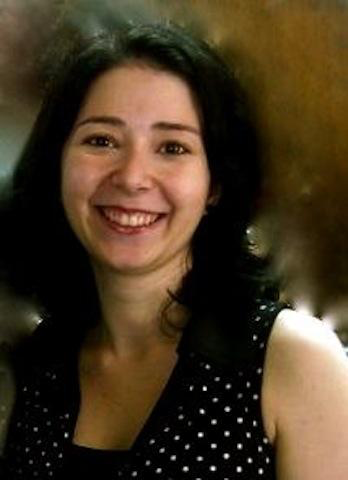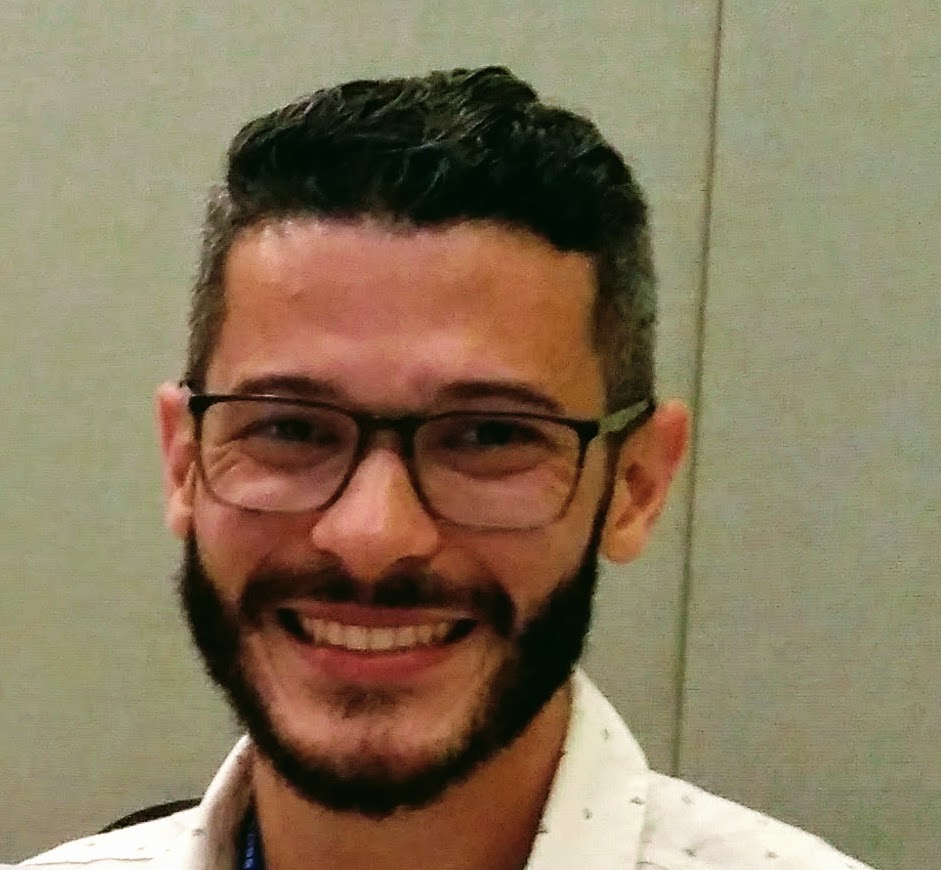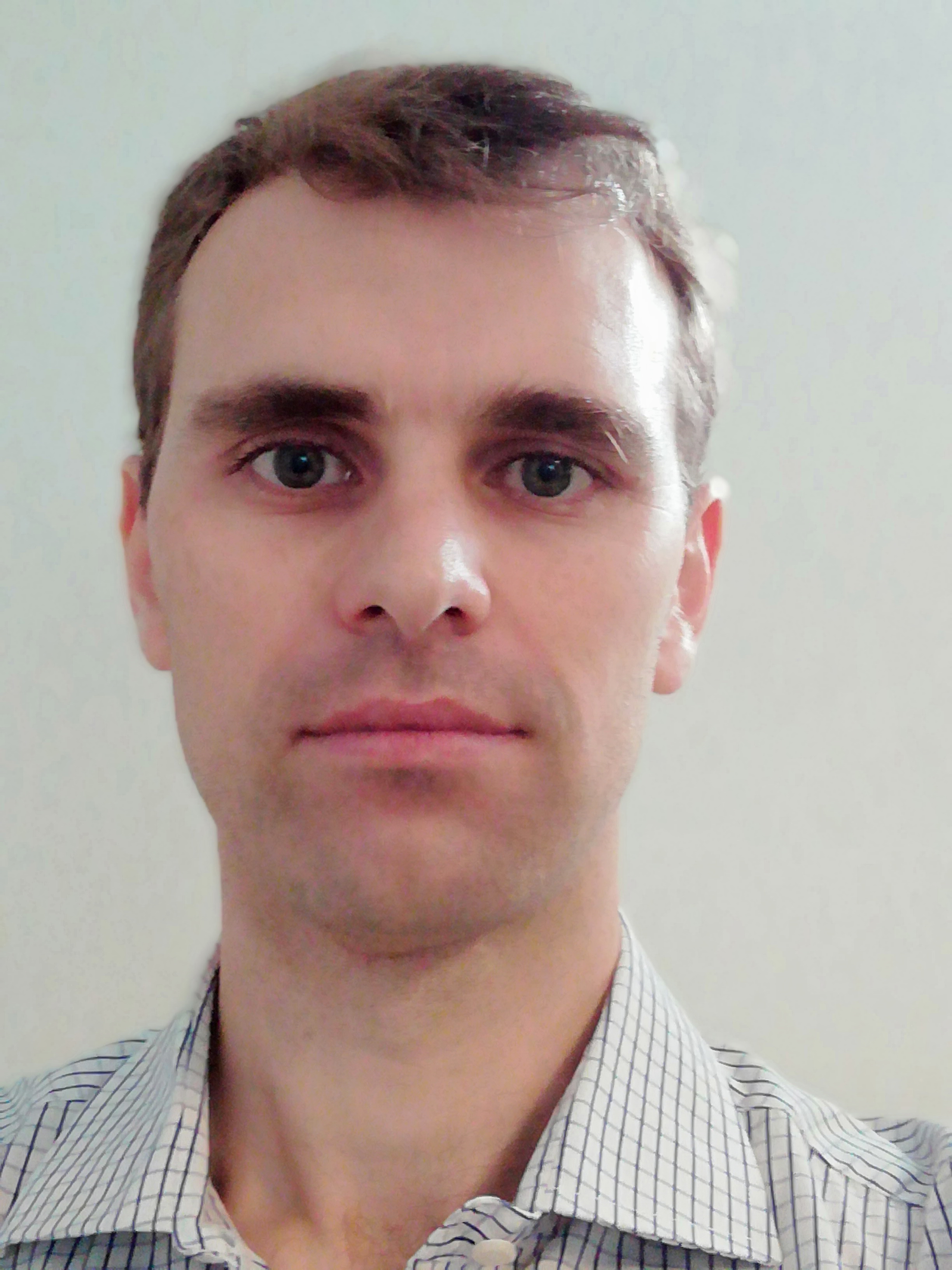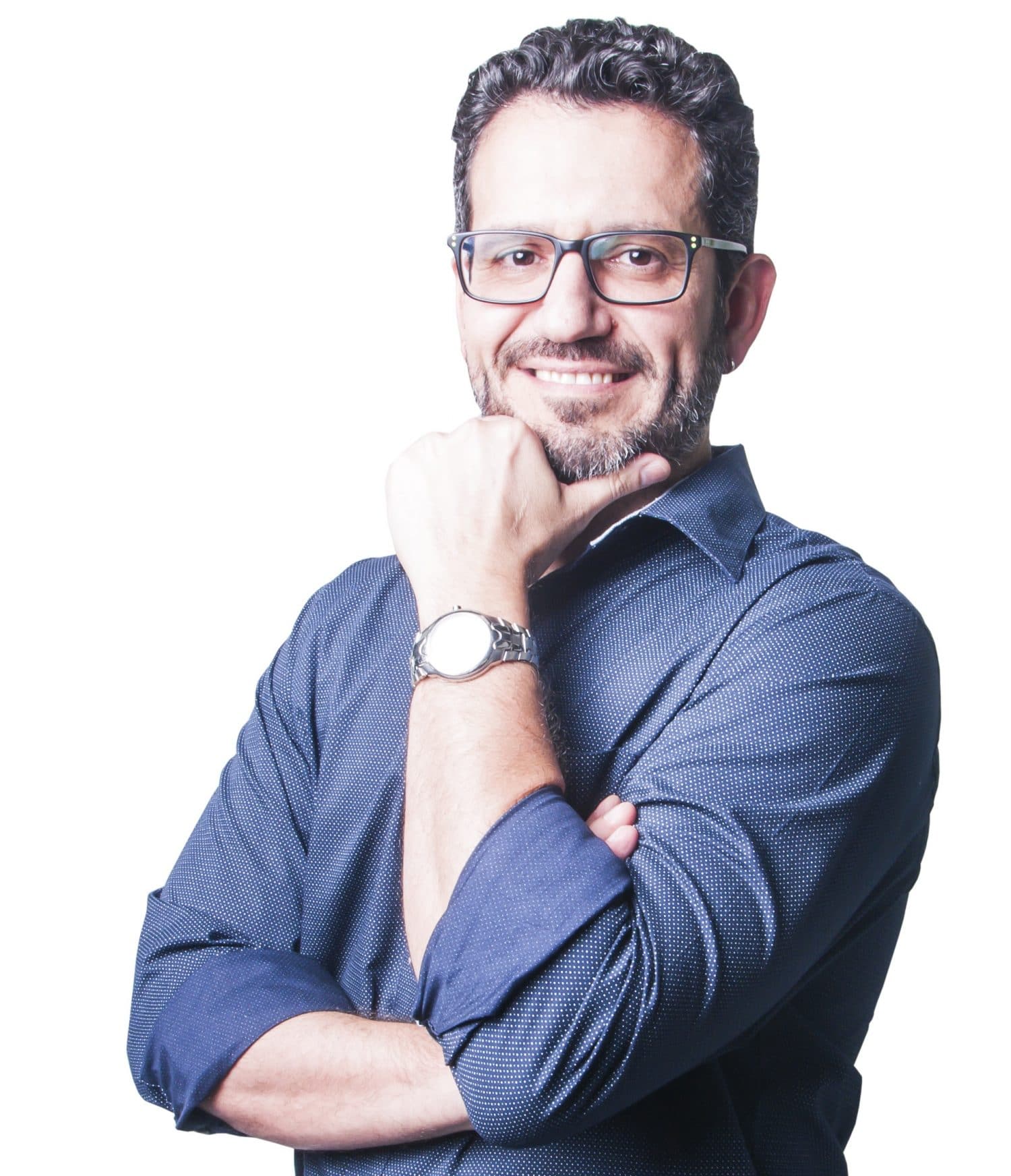The 21st century bilingual teacher – Who Are You?
There is a lot of talk about education in the 21st century.
There is talk…
that we need to embrace the 21st century and become 21st century teachers.
that we need to help students learn and develop skills and competences that are necessary for the new world.
that we have to do so while embracing bilingual education as part of that new world.
New world.
A multilingual world.
Bilingual Education is not a new thing… we all know that by now. It is not a trend. It is not going away. It is a way of understanding education as something inclusive and diverse. The new thing is the 21st century and the expectations it has brought with it.
A 21st century teacher. Who are you?
You are focused.
You are innovative.
You share.
You rethink.
You question.
You facilitate.
You contribute.
You create.
You design.
You incorporate.
You flip [the lesson].
You relate.
You collaborate.
You integrate.
There are a number of expectations for such a teacher. These elements are just a great summary of them, organized by Mia MacMeekin, a university professor and infographics advocate – she has a blog where she shares infographics of different topics as a way to help people organize and visualize knowledge – back in 2013. She published a summary of talks by Tiffany Poirier, an award-winning teacher and educational specialist on inquiry-based learning and philosophy for children.
Both women I mention here – Mia MacMeekin and Tiffany Poirier – may not be famous in the world of bilingual education in Brazil, but they have definitely done what a 21st century teacher does: they share what they do, what they think, how they innovate, and how they learn with others. Thus, a 21st century teacher is the one who sees themselves as part of something much bigger, of something global.
Therefore, a 21st century teacher understands (and applies) the concept of acting locally and thinking globally. “Glocal” [global + local] is part of their principle as agents of change who are behind the scenes helping children think outside the box and developing critical thinkers.
That’s probably why the 21st century teacher is also a bilingual teacher.
A 21st century bilingual teacher. Who are you?
You are not afraid of change.
You understand and embrace differences.
You see the world as something we are all part of.
You innovate.
You search for answers.
You marvel.
You study hard. All the time.
You listen.
You share.
You reflect.
You change your mind.
You share responsibilities.
You see “language as an integral and natural component of interaction, communication and construction of meaning”, in the words of Shohamy (2006).
In a nutshell, you are what García and Wei (2014) call a ‘languager’, that is, a person who uses all semiotic resources that are at their disposal in strategic ways once they communicate with others and act in the world. In such a place, bilingualism is understood as something dynamic and complex, which promotes the production of new practices. You do that.
You probably understand and somehow live translanguage in your practice. García and Wei (2014) use the term “translanguaging” as reference to an approach to bilingualism that “extends the repertoire of semiotic practices of individuals and transforms them into dynamic mobile resources that can adapt to global and local sociolinguistic situations” (GARCíA and WEI, 2014, p. 18). Translanguaging, as García (2009) points out, involves “multiple discursive practices in which bilinguals engage in order to make sense of their bilingual worlds” (GARCíA, 2009, p. 45). A 21st century bilingual teacher definitely does all that, too.
Understanding what a 21st century bilingual teacher is means understanding that such a teacher offers possibilities for their students to flourish as bilingual speakers: they understand that “bilingual speakers select meaning-making features and freely combine them to potentialize meaning-making cognitive engagement, creativity and criticality” (GARCÍA and WEI, 2014, p. 42). They see language as transformation. They see language transform.
And the future?
Back in the day, when the 21st century was far away, movies, cartoons, and books predicted that it would be the century of automation. Flying cars, robots that cleaned and cooked, skateboards that could fly… but one thing was still there in pretty much all scenarios: children would go to school, wearing a propeller, yes, but they still would. The 21st century is here. Automation is here [in some parts of the globe]. School is still here, too. Changes are crystal clear, and they also include the teacher. We are far from being robots, automation is part of our lives, and we are definitely part of the future. So why can’t Bilingual Education be part of that equation, too?
See you in April!
If you are curious to know more about Mia MacMeekin and Tiffany Poirier, check these links:
Mia MacMeekin’s blog with wonderful infographics for your lessons: https://anethicalisland.wordpress.com
Tiffany Poirier’s webpage: https://www.tiffanypoirier.com/
References:
GARCÍA, O. Bilingual Education in the 21st Century. A global perspective. Malden, MA and Oxford: Wiley/Blackwell, 2009.
GARCÍA, Ofelia; WEI, Li. Translanguaging: language, bilingualism and education. New York: Palgrave Pivot, 2014.
IRUJO, Suzanne. Teaching Bilingual Children. Beliefs and Behaviors. Boston: Thomson Heinle, 1997.
SHOHAMY, Elana. Language Policy. Hidden agendas and new approaches. London, UK: Routledge, 2006.






